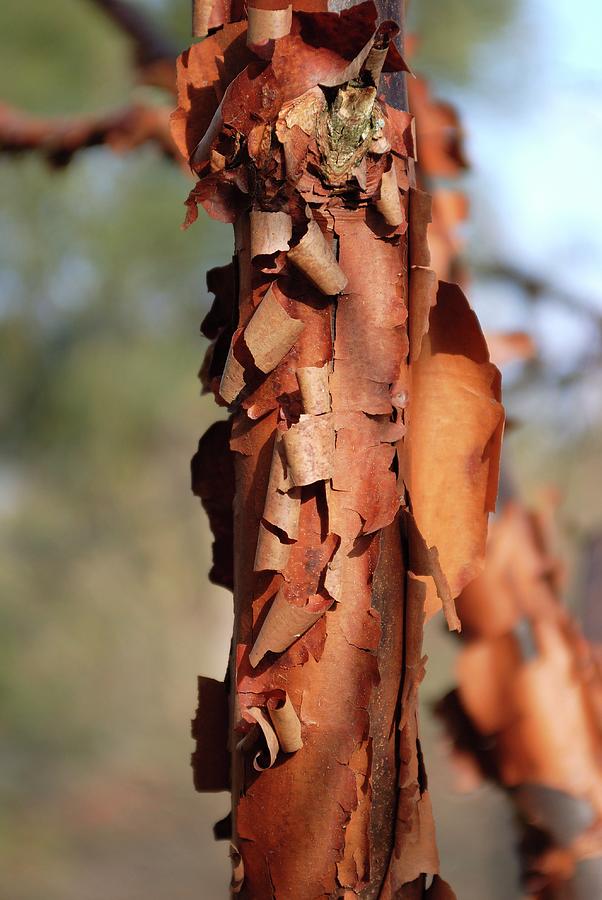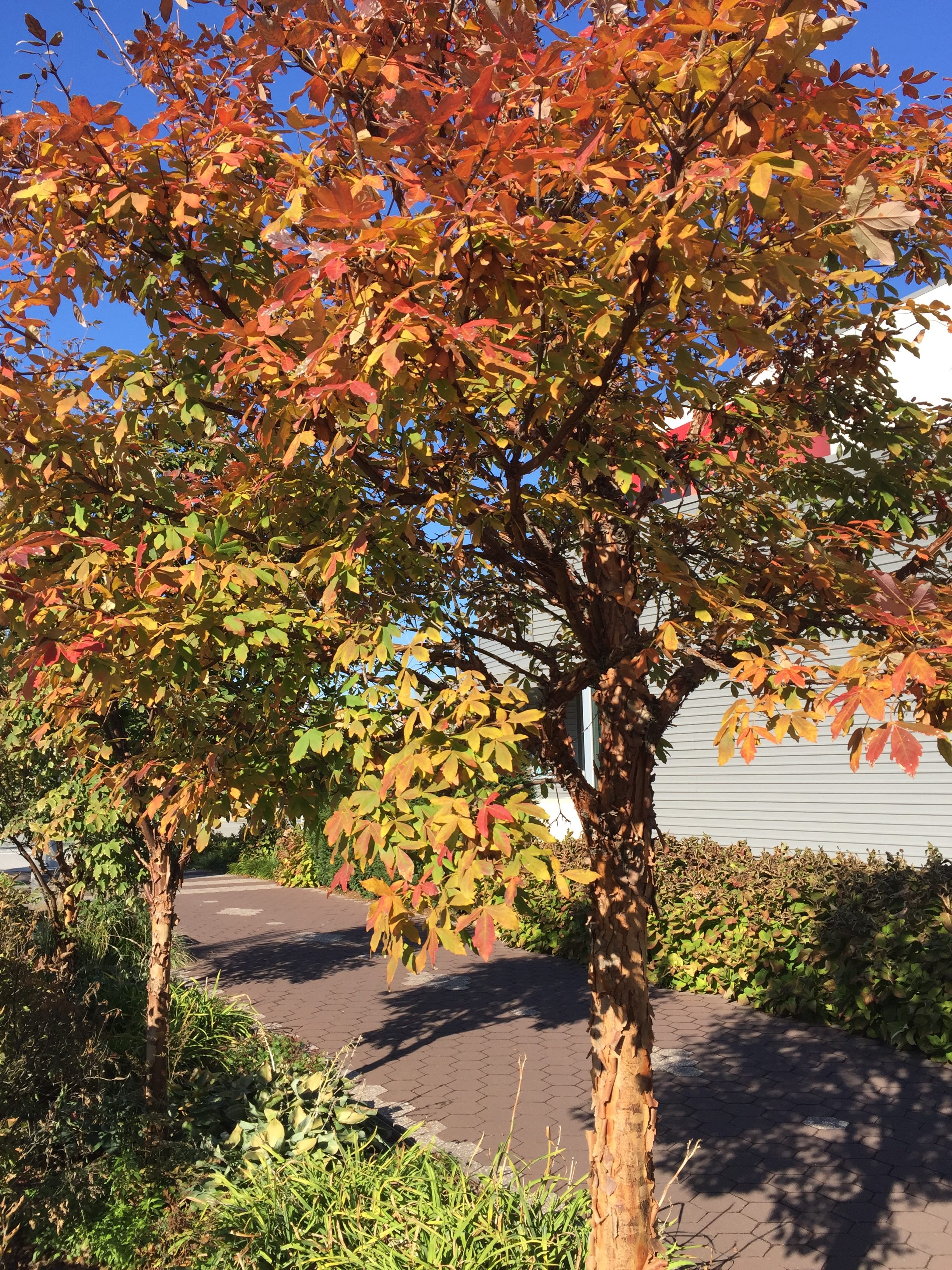
:max_bytes(150000):strip_icc()/growing-the-paperbark-maple-acer-griseum-3269319-04-2c7acef5e5be4dcf949a8082401d5e7f.jpg)
This celebrated ornamental tree’s claim to fame is its honey-brown to cinnamon-colored bark, which peels like Birch bark and glows like amber when backlit by the sun. It is native to mixed forests in central. Paperbark Maple is an exquisite specimen tree that you’ll want to showcase in the most prominent place possible in your landscape.


It typically matures to 20-30 (40) feet tall. It is particularly noted for its exfoliating copper orange to cinnamon reddish / brown bark and its showy orange to red fall color. Paperbark maple makes a perfect example for tree conservation-a “charismatic mega-flora” to borrow a phrase. Acer griseum, commonly called paperbark maple, is a small, deciduous, oval to oval-rounded tree with slender upright branching. And, according to the BGCI State of the World's Trees Report of September 2021 30 percent of the world’s trees are threatened with extinction. Botanic Garden Conservation International’s (BGCI) 2020 Red List of Acer shows that 1 in 5 of the 158 worldwide maple species are threated with extinction in the wild. The objective of this most recent phase was to conserve some of the oldest and most noteworthy specimens from England, Wales, and Scotland-a project that involves a number of gardens working together to save this beautiful tree.Ĭonserving Acer griseum highlights the threats to maple species in particular and tree species in general around the world. This past August I travelled to England and Wales to continue a project working on the conservation of paperbark maple, a trip that was an extension of a project that I have been working on for close to 10 years, and one that has taken me has taken me across the US, into Great Britain, and throughout China. Paperbark maple, a small, woody, deciduous tree in the Sapindaceae (soapberry) family, originates from Central China. Paperbark maple’s attributes alone make it worth promoting, but its conservation status has lent additional importance to working with it. Less well-known is that despite its popularity, paperbark maple is listed as endangered in its native habitat in central China. As one of the most beloved and desirable small shade trees, paperbark maple ( Acer griseum) is well-known for its dense, uniform crown, exquisite cinnamon-copper-colored bark, and excellent orange and bright red autumn color.


 0 kommentar(er)
0 kommentar(er)
